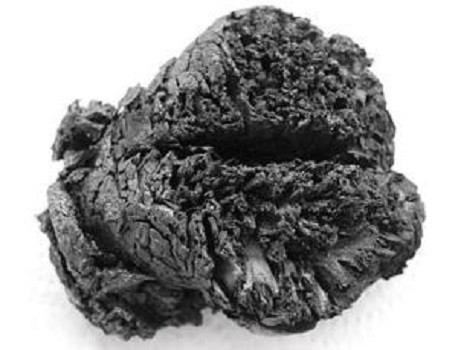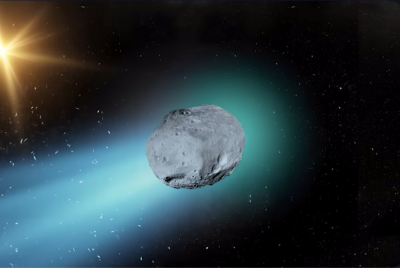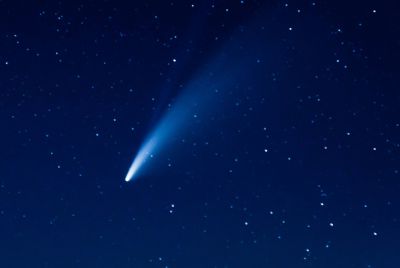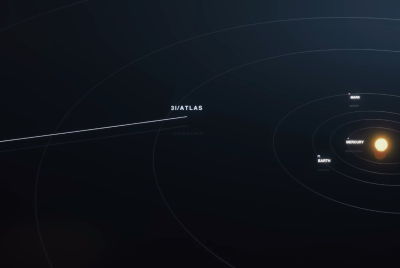4,000-Year-Old Brain Boiled in its Own Juices Discovered in Turkey

The boiled brains of a human who died around 4,000 years ago have been found in western Anatolia.
Scientists came across the undecomposed brains during an archaeological excavation of a Bronze Age site in 2010.
They found the charred remains of a skeleton near the city of Kutahya. Inside the cracked skull were undecomposed brains. They had been boiled in their own juices, scientists found.
Published in the Journal of Comparative Human Biology, researchers were able to analyse the brains, bone and teeth of the remains. They found high levels of potassium, magnesium, aluminium and boron, all of which fit with Kutahya's reputation for tile production.
According to New Scientist, the brain is one of the oldest ever found and allows researchers to work out how the owner spent the last hours of their life.
Brains normally break down quickly after death because of enzymes that make up its tissue. However, this can be prevented if conditions are right.
In the case of the boiled brain, the researchers believe an earthquake flattened the village killing those living there, after which a fire spread through the rubble. The fire would have consumed oxygen within the rubble, meaning the brains boiled in their own fluids. The lack of moisture and oxygen also helped stop the tissue from breaking down.
Remarkable preservation
The chemistry of the soil also helped preserve the brain. Potassium, magnesium and aluminium all reacted with the fatty acids from the human tissue to create a substance known as corpse wax, which preserved the shape of the brain tissue.
"Here, in natural soil with its insect-repellent, anti-bacterial and fire-resistance qualities it may be a factor to preserve heat-affected brains," the authors wrote.
Frank Rühli, from the University of Zurich, examined the brain. He said most archaeologists do not look to see if brains are preserved but cases such as this may mean more are inclined to check.
"The level of preservation in combination with the age is remarkable. If you publish cases like this, people will be more and more aware that they could find original brain tissue too."
He also said the scientists may be able to look for diseases such as tumours and degenerative disorders: "If we want to learn more about the history of neurological disorders, we need to have tissue like this."
Speaking to Huffington Post, Rühli added: "Neural tissues are quite distinct, thus having ancient samples would help to better understand adaptations but also [the] evolution of neuropathologies. I think this is very important medically and has huge diagnostic potential."
© Copyright IBTimes 2025. All rights reserved.






















